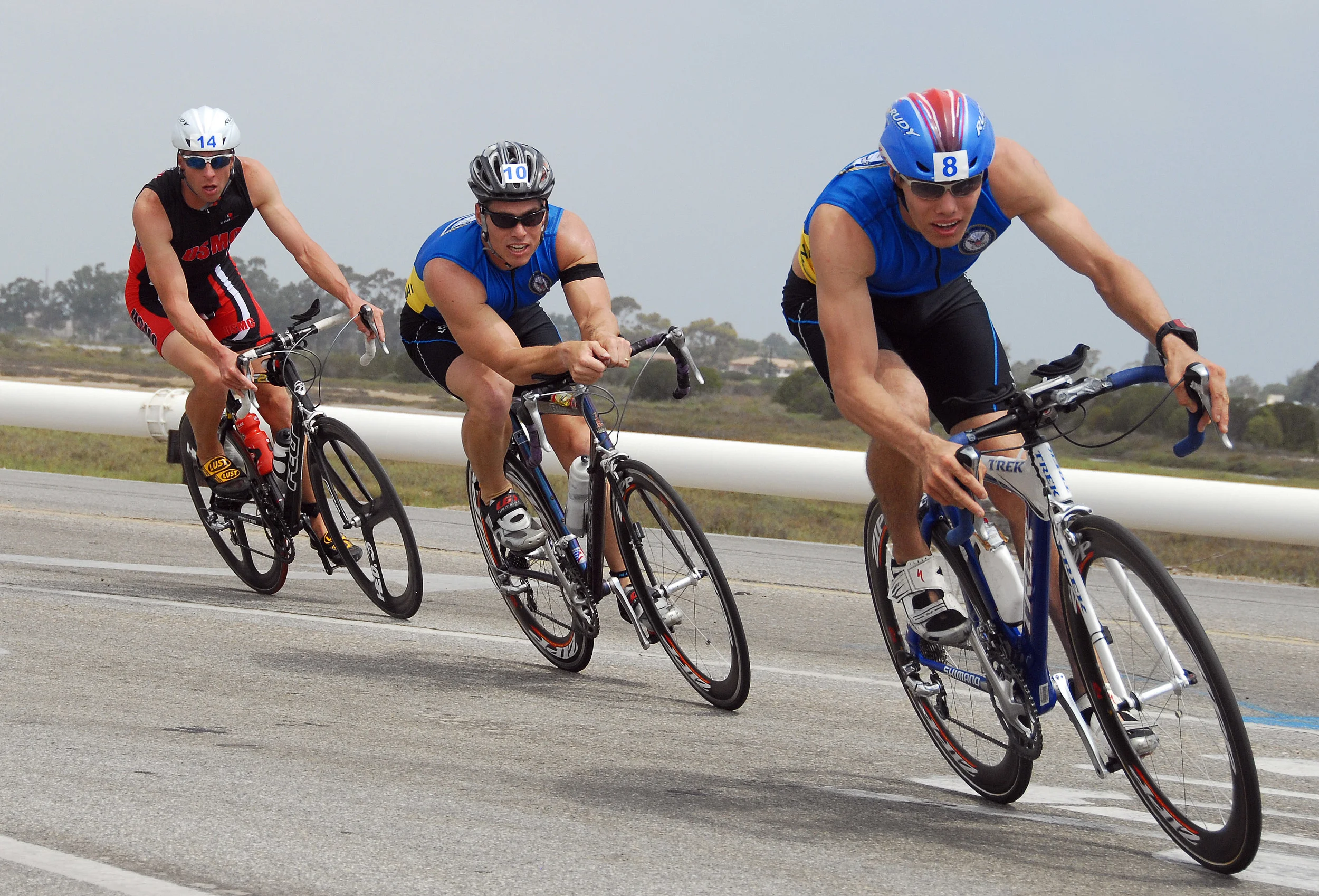Benefits of Strength Training For Endurance Athletes
There's a big misconception that circulates the endurance community. This false idea is the idea that strength training in heavy rep ranges and without any type of bosu ball will make endurance athlete's big and slow. Whether its runners, triathletes, rowers, or just about any other endurance athlete, it seems to be the prevailing notion that high repetition weight training and circuits are the only acceptable protocols to improve endurance performance through strength training. That's not true and this is why even runners and endurance athletes need to devote time to strength in their personal training program.
Exercise Economy
Exercise economy refers to the the metabolic cost of a given exercise. When an athlete runs or performs at a given speed there is a specific energy cost typically characterized by a relative percentage of the athlete’s VO2max. Simply said the harder the athlete is running the greater the cost. So if two endurance athletes are identical in all skills, qualities, and attributes, but one athlete is stronger, the stronger athlete will be able to produce the same levels of force, but at a lower energy cost and thus has better economy. It takes less effort relative to their maximum effort to perform each stride they make in the race. This means that if the two athletes were to run at the same speed the stronger athlete will be able to perform longer before they are exhausted, or if they both run for the same time the stronger athlete will be able to run faster for the given time.
Strength Doesn’t Equal Bigger
After reading the above paragraph, I’m sure some runners are thinking something along the lines of, “But lifting heavy weights will make me bulky and slow.” Which is understandable given that most people equate strength training with bodybuilding. But I’m not advocating bodybuilding. I’m advocating strength training. Low reps, heavy weights. This is the good stuff. Training in lower rep ranges will allow an athlete to develop strength without hypertrophy because the training is predominantly neurological. The athlete begins to learn to contract the working muscle groups with greater force and efficiency, getting stronger without getting bigger or heavier.
Research Support
Several studies have investigated the effects of strength training for runners with loads equal to the athletes’ 3-6 repetition maximum while maintaining their current level of aerobic fitness. [2,3,5] These studies all use some variation of the squat as a main exercise over a period of 8-14 weeks. The investigators found that the runners improved strength, running economy, and subsequently time to exhaustion or performance, without any increase in body mass, VO2max or lactate threshold. The same results have been found in other endurance athletes as well. Cross country skiers spent 8 weeks performing strength training at 85% of their one rep max to improve the economy of double poling and subsequently time to exhaustion. [1,4] These athletes also experienced no changes in body mass. Strength improves economy.
Less Time in the Gym
There are great gains to be made for endurance athletes by getting stronger. A very small improvement in economy adds up to big improvements over long distances. But this shouldn’t require hours and hours in the weight room. Runners, for example, would benefit by simply allocating 2-3 days per week to warm up, focus on a couple of strength exercises, perform a couple of accessory/prehab exercises, foam roll and get the hell out. Most likely done in 45 minutes. The following is an example of a 2 day strength training split for runners.
Workout A
Goblet Squat, 3x5
Push Ups (Weighted if necessary), 3x5
Inverted Rows, 3x5
Side Planks, 3x45-90s each side
Workout B
Deadlift, 3x5
1 Arm Overhead Press 3x5, each side
Strict Pull Ups, 3x5 (assisted or weighted if necessary)
Tall Kneeling Chops, 3x10 each side
Foam roll on both days and alternate through the workouts 2-3 times each week. Most endurance athletes aren’t particularly advanced when it comes to lifting so a simple program with simple progressions will suffice to produce strength gains.
Takeaway
Endurance athletes need some heavy lifting just like any other athlete to improve performance. Being stronger and more powerful means getting more out of each stride or stroke and not expending as much energy to do it. There are other training methods to improve an endurance athlete’s performance, but strength is often the most neglected. Which is a shame because because I’m getting sick of opening peanut butter and jelly jars for endurance athletes.
Did you enjoy this article? You should follow me on:Follow @TheBrianTabor//




